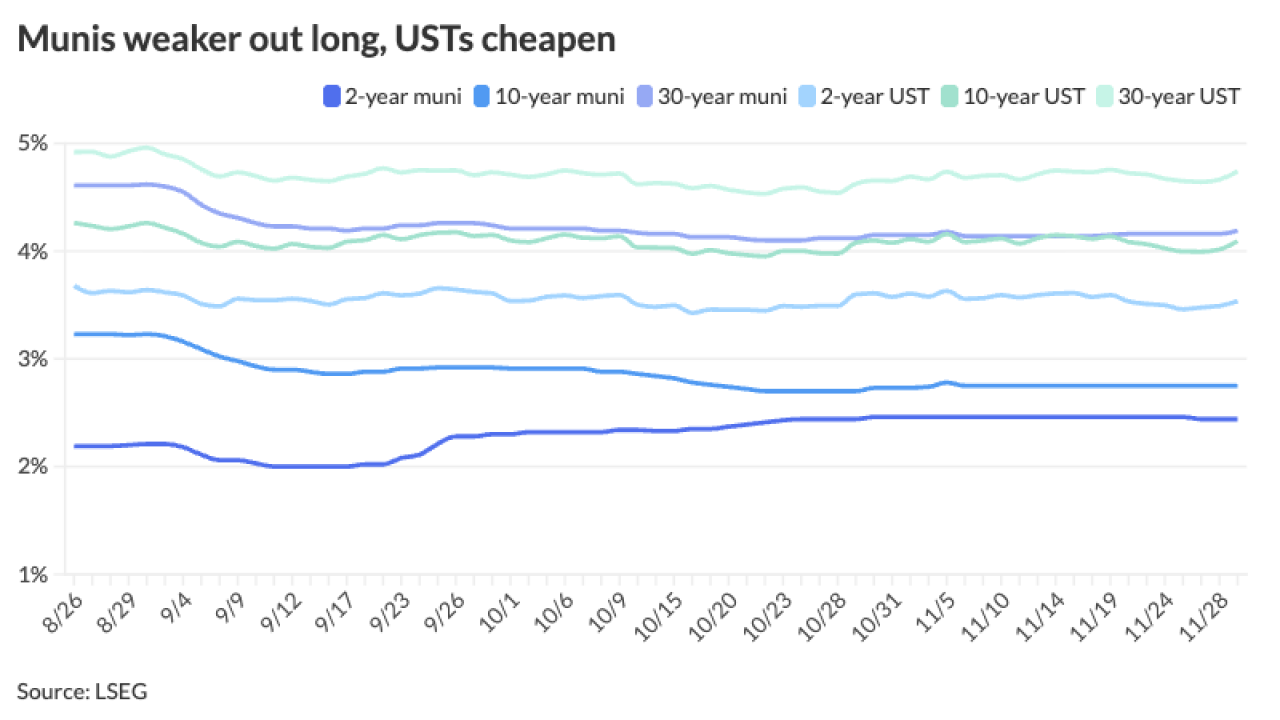
DALLAS -- Sponsors of passenger and high-speed rail projects are leaving billions of funding dollars on the table by not taking advantage of a federal rail program that has made only $2.7 billion of low-interest loans from a $35 billion authorization, the Government Accountability Office said in a report to Congress.
The low-interest loans and loan guarantees of the Railroad Rehabilitation and Improvement Financing loan program have been under-utilized since they were adopted as part of the Transportation Equity Act for the 21st Century (PL 105-178) federal funding law in 1998, said Susan Fleming, director of physical infrastructure at GAO. The report was sent to the Senate Committee on Commerce, Science and Transportation and the House Committee on Transportation and Infrastructure.
"America's rail transportation infrastructure, including its passenger rail system, requires substantial repair as well as new capacity to accommodate growth," Fleming said. "Financing the various rail infrastructure projects will be challenging."
Congress has not funded the Federal Rail Administration's program for high-speed intercity passenger rail passenger rail projects since fiscal year 2010 while appropriations to Amtrak have remained relatively steady at about $1.4 billion per year over the last five years, she said.
An advisory panel studying Amtrak and other rail infrastructure in the heavily traveled Northeast Corridor from Washington, D.C., to Boston said in April that there a repair backlog of at least $28 billion. Amtrak has estimated that an additional $151 billion of capital infrastructure investments would be needed to increase capacity along the corridor, Fleming said.
The FRA can extend loan guarantees and make direct RRIF loans to finance up to 100% of eligible project costs. Projects eligible for the loans and guarantees include passenger rail as well as freight rail improvement projects, refinancing of project debt, and the construction of new intermodal or railroad facilities.
Railroad operators, state and local governments, and public-private partnerships are eligible for the RRIF loans.
So far, FRA has executed 35 loans with an approximate value of $2.7 billion, or about 8% of the total funds available, since the program began in 1998, with another $2.5 billion of projects under review, Fleming said.
The loans went to 29 freight projects and six passenger rail projects, but passenger rail accounted for $1.9 billion of the total, she said. No loan guarantees have been provided.
"While as of May 2016 only six loans had been made to passenger rail projects in the history of the program, future demand for RRIF loans may come largely from passenger rail projects," she said.
Almost $2 billion of the $2.7 billion of RRIF loans have been awarded since 2009.
Changes to the program in the Fixing America's Surface Transportation (FAST) Act (PL 114-95) enacted in early December 2015 should make RRIF loans and loan guarantees more accessible but the FRA has been slow in implementing those changes, the GAO report said.
The new provisions provide more flexibility in loan repayments and allow the inclusion of RRIF loans in master credit agreements, the report said. The FAST Act also extended loan eligibility to transit-oriented development proposals.
GAO said FRA has completed only 29 of 59 standard-operating-procedure agreements and has not provided guidance to sponsors of transit-oriented developments that are considering RRIF loans.
Repayment terms for RRIF loans are similar to those of the Transportation Infrastructure Financing and Innovation Act, GAO said. Like TIFIA loans, RRIF loans are based on Treasury notes with the same maturity.
"However, unlike TIFIA, which uses federal appropriations to pay the federal government's expenses for providing financial assistance, RRIF applicants must pay a credit risk premium to use the program," the report said.
The credit risk premium for the 35 RRIF loans since the first ones in 2002 range from zero, including three of the six passenger rail loans, to almost 19%, GAO said. The premiums are to be returned, plus interest, when the loan obligations are met but so far none have been, FRA said.





